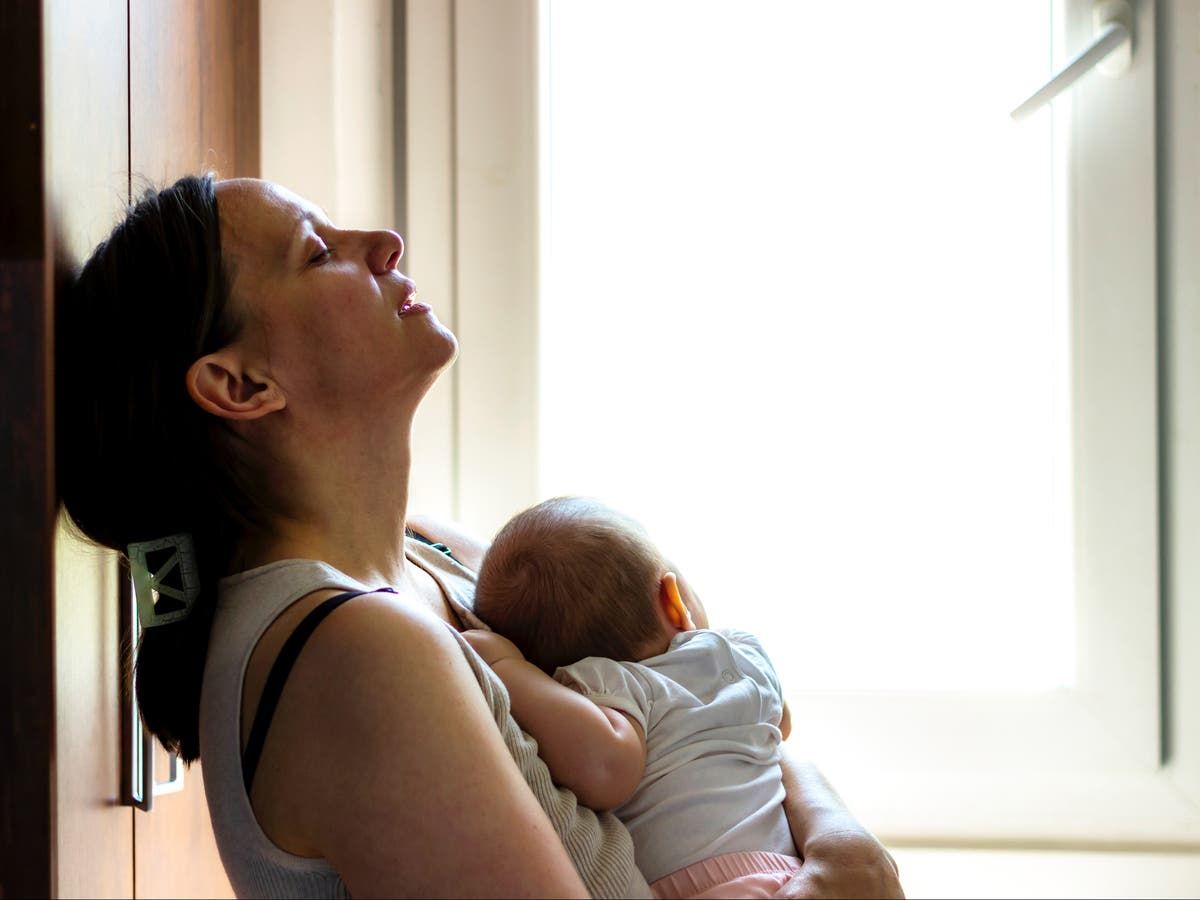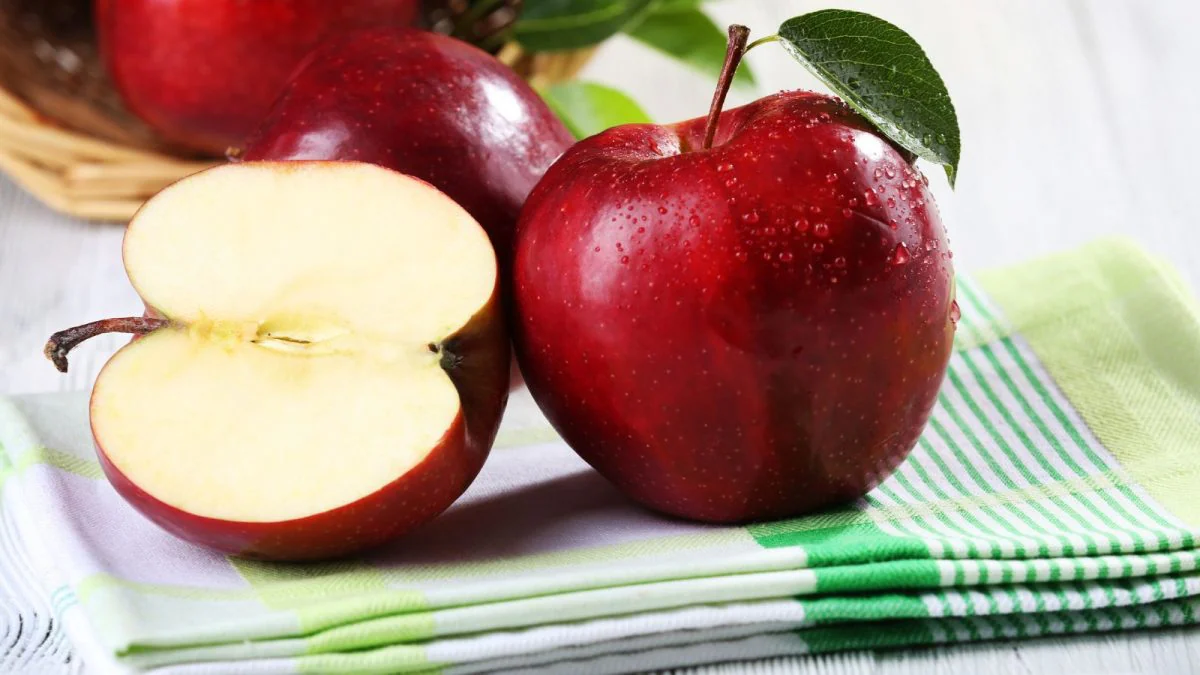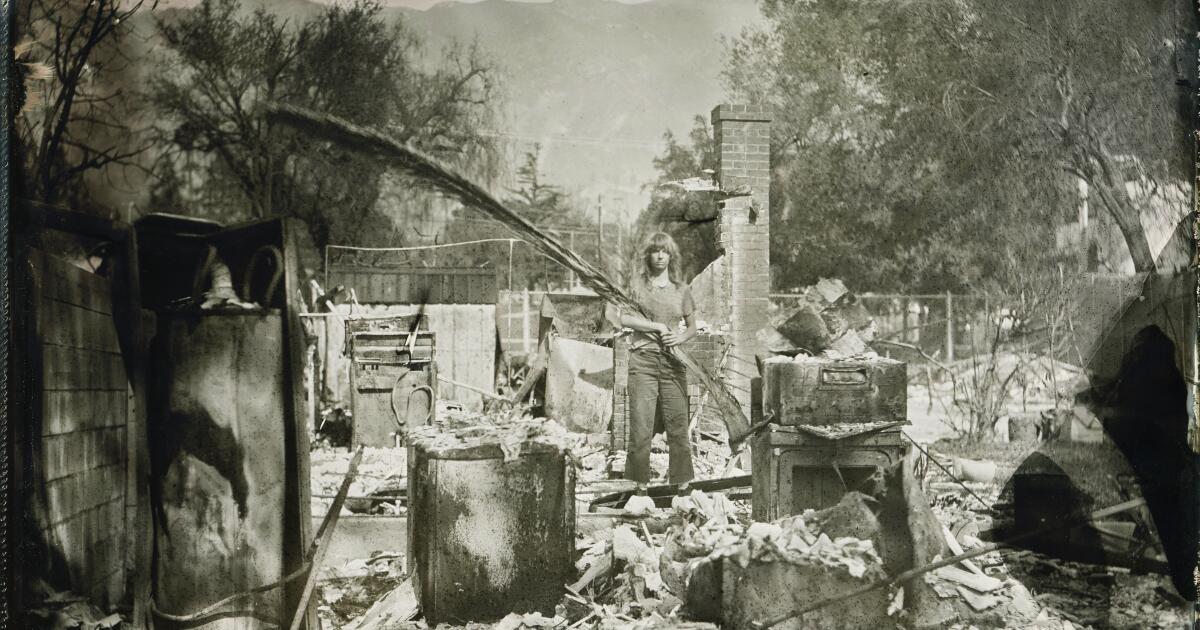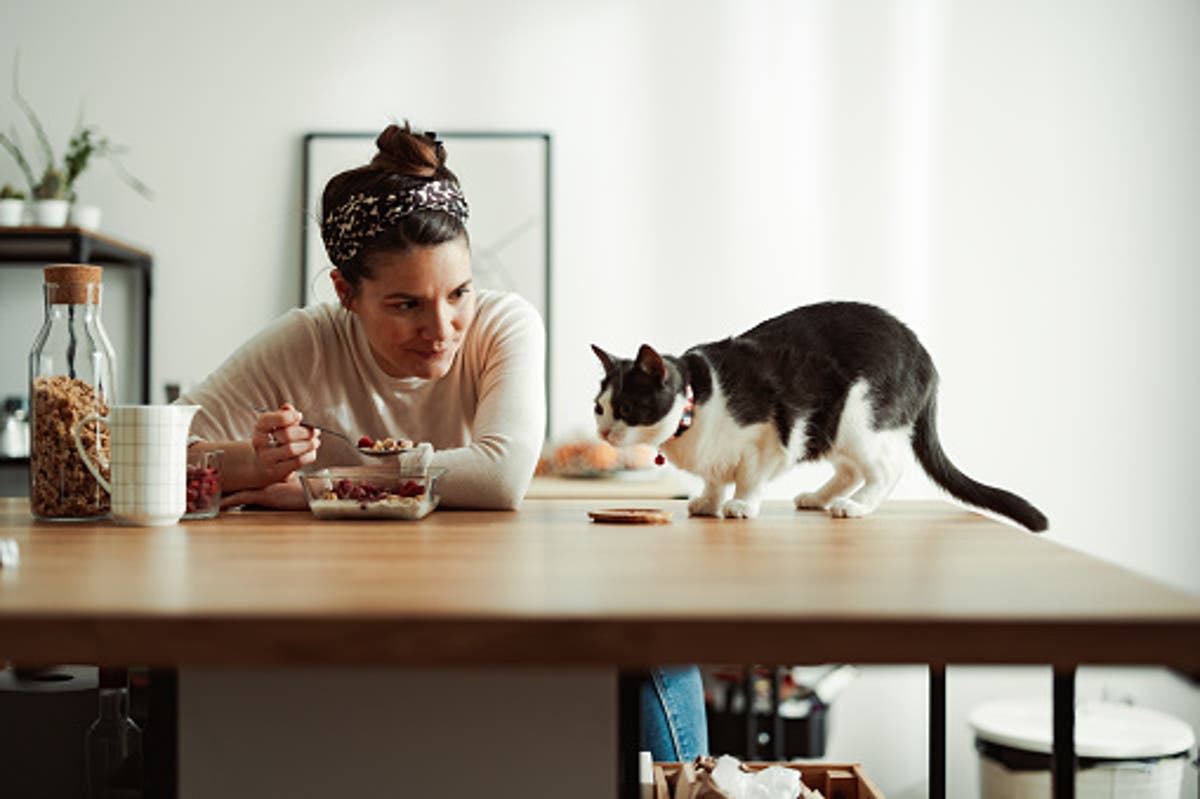A leading charity has warned that parents are putting their babies at greater risk of suffocation or sudden infant death syndrome (SIDS).
A survey of 1,000 parents of babies under one year of age by The Lullaby Trust found that 70% allowed their baby to sleep in a hammock, 67% in a swing and 61% in a bean bag.
About 8% of responding parents left their baby in these items to sleep overnight.
Letting babies sleep in a leaning or sitting position makes it easier for their heads to lean forward, causing their delicate airways to become restricted.
Jenny Ward, chief executive of The Lullaby Trust, said: “Babies are safest sleeping on their backs on a clear, flat and firm surface, such as a cot or bassinet.
“Not only does this help reduce the risk of SIDS, but it also helps keep the baby's airways open and clear.”
The trust recommends placing your baby to sleep on their back and ensuring their face is clear, with no loose bedding or padded sides.
The charity said babies are safest sleeping on their backs on a clear, flat and firm sleeping surface.
Ward said products like swings and bouncers are helpful as long as the baby is awake and supervised.
“We know that babies can and do fall asleep in places not designed for them.
“Many parents find products like baby bouncers and swings helpful when their baby is awake and supervised, but they are not suitable for babies to sleep in.”
According to the Lullaby Trust, SIDS claims the lives of around three babies a week each year.
The majority (89%) of deaths occur in the first six months of a baby's life.
Ms Ward added: “All parents should know how to protect their babies' airways, especially when they are asleep.
“If a baby falls asleep in an object that keeps him seated, such as a swing or hammock, it is best to move him on a clear, firm, flat surface to help keep his airway open.
“Even if a baby is awake, it is important to make sure their head is not tilted forward and their nose and mouth are not covered to keep their airway clear and protect their breathing.”












